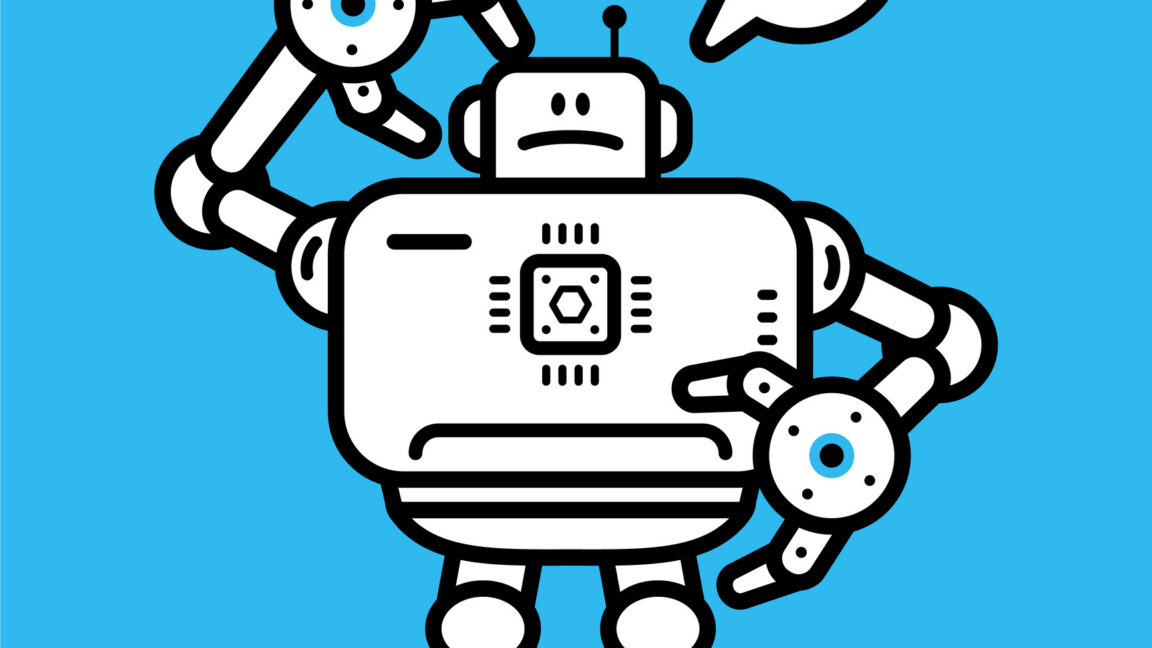Introduction to Hallucination in AI and Humans
The concept of hallucination in AI and humans has been a topic of interest in recent times. Researchers have been studying how errors propagate in human cognition and large language models, and the results are intriguing. In a research paper titled "I Think, Therefore I Hallucinate" (arXiv preprint, March 2025), the authors compare the similarities between human and AI hallucinations.
What is Hallucination in AI and Humans?
Hallucination in AI refers to the phenomenon where AI models generate confident but inaccurate responses. Similarly, in humans, hallucination occurs when we fill in gaps of knowledge with confident inaccuracies. This can happen due to cognitive strain or limited information. The research paper explores the idea that both human and AI hallucinations stem from similar cognitive processes.
Similarities Between Human and AI Hallucinations
The research paper highlights the parallels between human and AI hallucinations. Both humans and AI can fill in gaps of knowledge with confident inaccuracies, emphasizing that hallucinations are a form of predictive overreach rather than random errors. This notion is tied to predictive processing theories in neuroscience, which suggests that such phenomena can emerge under cognitive strain or limited information.
Implications of Hallucination in AI and Humans
The implications of hallucination in AI and humans are significant. It highlights the importance of understanding how both humans and AI process information and make predictions. This knowledge can be used to develop more advanced AI models that can better handle uncertain or incomplete information. Additionally, it can help us better understand human cognition and how we can improve our own decision-making processes.
Personal Experiments and Research
The author of the research paper conducted personal experiments to demonstrate how both humans and AI can hallucinate. The results show that both humans and AI can generate confident but inaccurate responses when faced with uncertain or incomplete information. This emphasizes the need for further research into the cognitive processes that underlie hallucination in both humans and AI.
Conclusion
In conclusion, the concept of hallucination in AI and humans is a fascinating topic that highlights the similarities between human and AI cognition. The research paper "I Think, Therefore I Hallucinate" provides valuable insights into the cognitive processes that underlie hallucination in both humans and AI. By understanding how both humans and AI process information and make predictions, we can develop more advanced AI models and improve our own decision-making processes.
FAQs
Q: What is hallucination in AI and humans?
A: Hallucination in AI and humans refers to the phenomenon where confident but inaccurate responses are generated due to cognitive strain or limited information.
Q: What are the implications of hallucination in AI and humans?
A: The implications of hallucination in AI and humans are significant, highlighting the importance of understanding how both humans and AI process information and make predictions.
Q: Can hallucination in AI and humans be improved?
A: Yes, by understanding the cognitive processes that underlie hallucination in both humans and AI, we can develop more advanced AI models and improve our own decision-making processes.
Q: What is the research paper "I Think, Therefore I Hallucinate" about?
A: The research paper "I Think, Therefore I Hallucinate" compares the similarities between human and AI hallucinations, highlighting the idea that both stem from similar cognitive processes.










